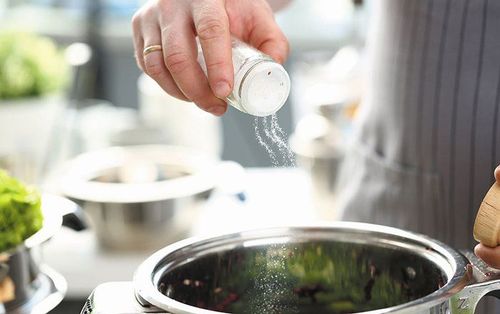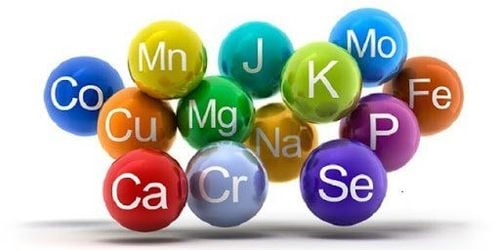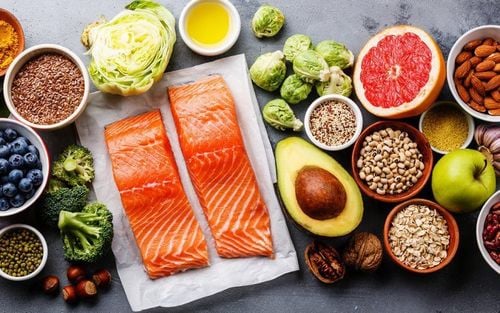This is an automatically translated article.
Highly processed foods are increasingly available and more affordable. People around the world are consuming more energy-dense foods that are high in saturated fat, trans fat, sugar and salt. However, salt is also a major source of sodium, and increased sodium consumption has been linked to increased blood pressure and increased risk of heart disease and stroke.1. How does eating a lot of salt affect your health?
Everyone needs a certain amount of salt to function. Also known as sodium chloride, salt helps maintain the body's balance of fluids. Salt also functions in many foods as a preservative by helping to prevent spoilage and keeping some foods safe to eat.As a guide, natural salt in foods makes up about 10% of total intake. The salt we add to the table or during cooking adds another 5 to 10 percent. About 75 percent of our total salt intake comes from the salt added by manufacturers to processed foods and the salt that cooks add to food at restaurants and other food service establishments
Because Why shouldn't you eat salty food? Eating too much salt contributes to high blood pressure. High blood pressure makes your heart work harder and can lead to heart disease, stroke, heart failure, and salty foods that damage your kidneys. When the kidneys work too much, metabolize a lot and do not excrete all the sodium out, causing stasis in the kidneys, which then leads to kidney diseases.
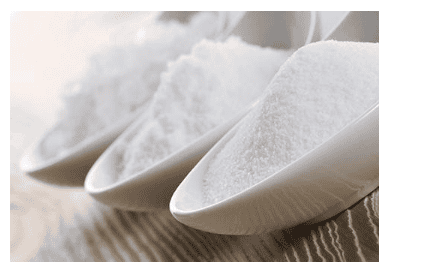
Ăn quá nhiều muối có thể góp phần làm tăng huyết áp
2. What is the recommended daily sodium intake for adults?
The amount of salt in foods is listed as "sodium" on the nutrition facts labels that appear on the food packaging. Diet with no more than 2,300 milligrams of sodium per day (about a teaspoon of table salt). Dietary recommendations and food labels use sodium instead of salt because it is the sodium component of salt most relevant to human health.Some people are more sensitive to the effects of salt than others. The guidelines also recommend that, in general, people with high blood pressure, blacks, and middle-aged adults should limit their intake to 1,500 mg of sodium per day.
The exceptions are people whose doctors have put them on an even less sodium diet because of a medical condition. Always follow your doctor's recommendations for how much sodium you can have daily.
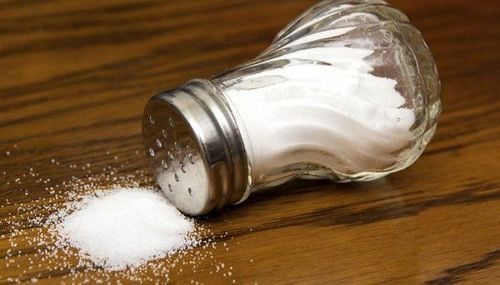
Bạn cần lưu ý chế độ ăn không quá 2.300 miligam natri mỗi ngày
3. What steps can I take to reduce my salt intake?
Use a variety of foods from fruits and vegetables to strengthen resistance and supplement vitamins. Consume foods rich in potassium. Potassium can help reduce the impact of sodium on blood pressure. The recommended potassium intake for adolescents and adults is 4,700 mg/day. Foods high in potassium such as bananas, climbing plants, green vegetables. Season foods with pepper and other herbs and spices instead of salt. Choose unsalted snacks. Read food labels and choose foods that are low in sodium.
Việc sử dụng nhiều thực phẩm giàu kali có thể giúp giảm tác động của natri tới huyết áp
4. How can I tell if a food is low in sodium or high in sodium?
When you buy a food product, read the information on the food packaging instructions. Full wallet records the content and nutritional value for your daily meal. Foods listed as 5% or less for low sodium are low in sodium. Anything above 20% for sodium is considered high. Try to choose foods that provide 5% sodium or less per serving.Nutritionists estimate that 75% of salt intake comes from processed foods. Food manufacturers are evolving to make foods with less salt. Therefore, improving each family's meals with less sodium and instead preventing diseases such as high blood pressure, heart disease, stroke, and kidney disease.







